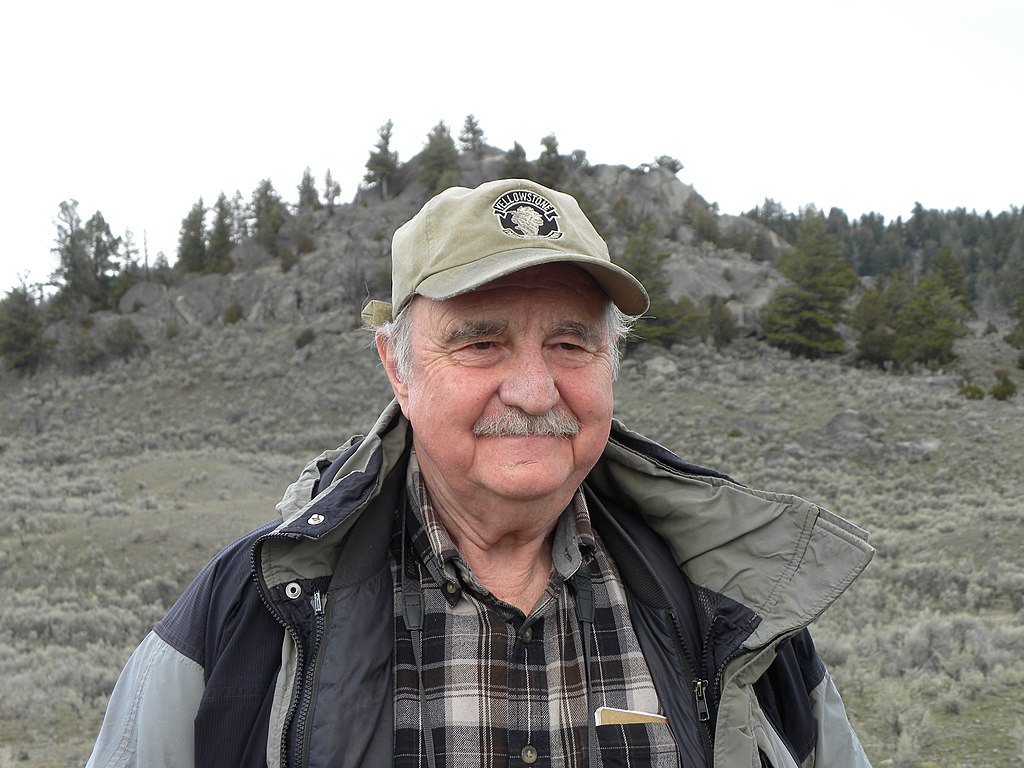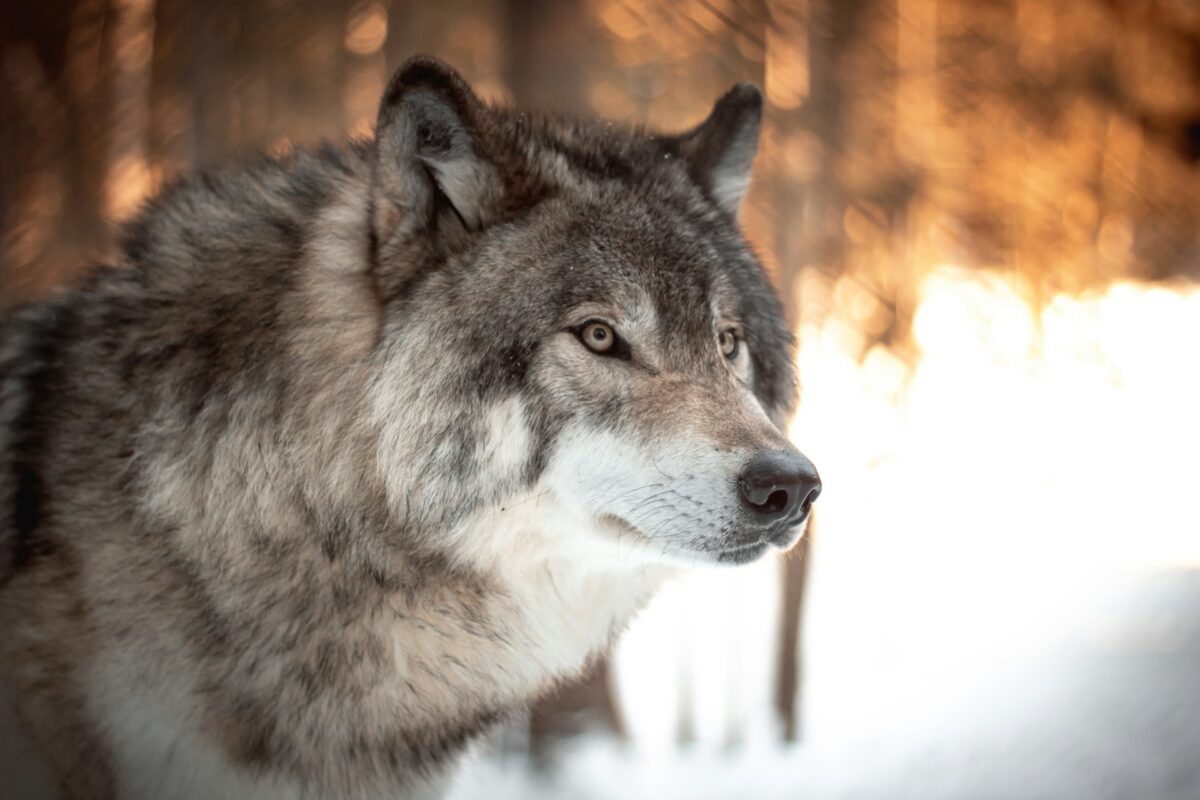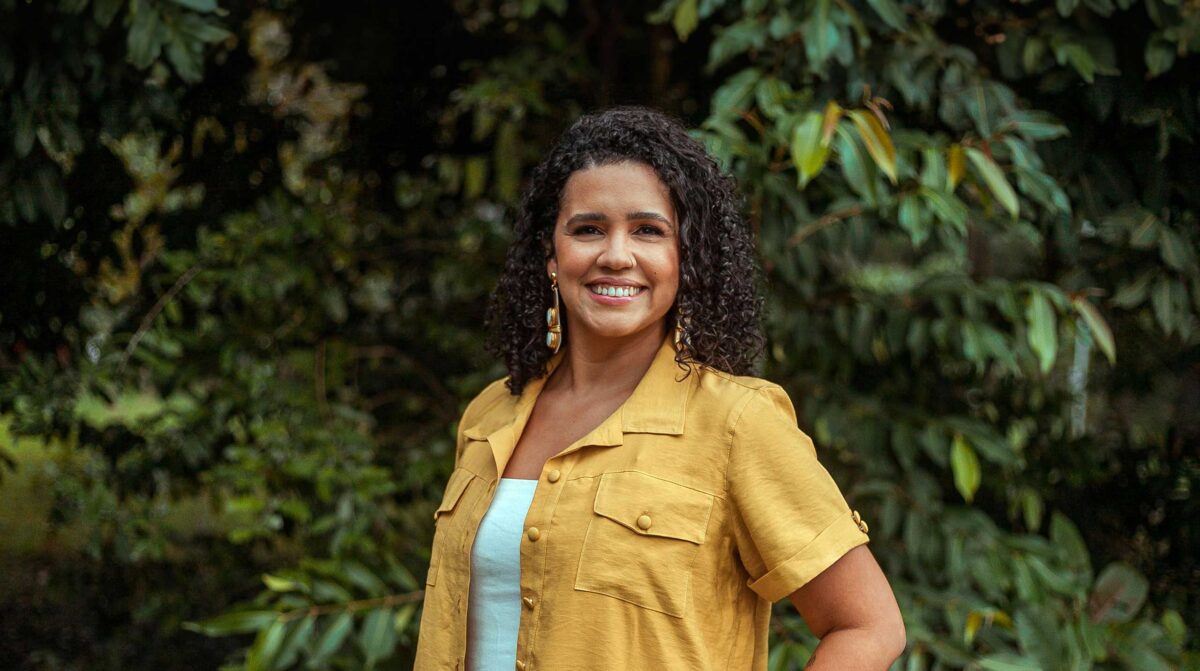 #Interviews
#Interviews
Scientific self-correction: How David Mech undid the concept of “alpha wolf”
American researcher reflects upon scientific self-correction and the challenges of updating knowledge in the face of deep-rooted concepts
 Biologist David Mech helped to popularize the “alpha wolf” concept; decades later, his own research revealed that the idea was mistaken | Image: Wikimedia Commons
Biologist David Mech helped to popularize the “alpha wolf” concept; decades later, his own research revealed that the idea was mistaken | Image: Wikimedia Commons
Science is not a fixed set of truths, but rather a constantly changing dynamic process. Few examples illustrate this as well as the evolution of the “alpha wolf” idea.
Popularized by biologist David Mech in his book The Wolf: Ecology and Behavior of an Endangered Species (1970), the concept that wolves live in a rigid structure of domination, where a male and female fight to lead the pack, became a widely known belief. The problem? It was wrong.
Decades later, after more in-depth studies of wolves in the wild, Mech saw that the hierarchical, dominance-based model was born of research conducted on animals in captivity. In nature, packs are made up of families, and in fact the “leaders” are the parents of the young.
“When I wrote my book in 1970, everything we knew came from observations of wolves that were not related, but confined together. After years of field research, it became clear that the concept of ‘alpha wolf’ was wrong,” explains Mech, a senior scientist at the United States Geological Survey and adjunct professor at the University of Minnesota.
In 1999, to correct this equivocal view, Mech published the article “Alpha Status, Dominance, and Division of Labor in Wolf Packs,” in which he argues that the term “alpha wolf” does not apply to wolves in the wild, as they do not dispute leadership—they just form families.
However, changing a concept rooted deep in popular culture is not a simple task. Even after the article was published, the idea persisted in the collective imaginary and was widely used by the media and in public speeches on human behavior.
More than twenty years on, this correction recently began to reach a wider audience, motivated by new media articles, such as one in the journal The New Yorker, and by the continued efforts of Mech and other researchers.
David Mech’s background is not just about wolves, but his scientific look at nature itself.
In an interview for Science Arena, Mech talks about the challenge of communicating scientific discoveries to the public, and how the media frequently takes its time to update obsolete concepts. He also draws attention to a recurring problem in science: the facility with which correlations are interpreted as causation.
“Science uses correlations because they help us gain a hypothesis, but we need to be cautious before treating them as absolute truths,” he warns.
Science Arena – When you realized that the “alpha wolf” concept was mistaken, how did you deal with this change?
My outlook changed in 1986 when I went to Ellesmere Island in the far north of Canada, where wolves are tolerant of people. I got the opportunity to live with wolf packs and observe them first hand, and that was when I realized that these groups were just families. The breeding pair were the parents of the offspring, rather than wolves who had fought to “get to the top.”
But we didn’t know that in 1970. It was only after many years studying wolves and analyzing their social patterns that it became clear that the concept of “alpha” was inappropriate. In 1999, I wrote an article proposing that we stop using this term, and instead call dominant wolves “breeding males and females,” or simply “pack parents.”
It took almost 30 years for this concept to be corrected.
Changing such a widespread concept takes time. The scientific community quickly accepted this change, and most academic articles ceased to use the term “alpha” in the 2000s. The media, however, took much longer to update its language.
In recent years, I have finally seen this correction reach a wider public, largely because certain key publications began to cover the matter.
When one or two popular publications started to talk about it, others followed, and the idea finally began to change in popular culture.
Why did it take so long for this idea to be reviewed?
Studying wolves up close in nature has always been difficult. In the beginning, most of the research was done by aerial tracking and radio collars, which allowed us to map their movements, but not to observe their social interactions in detail.
Only when I had the opportunity to live among wolves on Ellesmere Island did I really understand their social structure, but at that time the idea of “alpha wolf” was already deeply rooted in popular culture.
Even after I published my article in 1999, it would take more than 20 years for the media and the public to stop using the term “alpha,” and that’s not uncommon.
Even medical discoveries can take decades to be widely accepted by professionals in the area.
Science Arena – What was it that interested you in wolves? What made you decide to study them?
David Mech – Well, I started my interest in wildlife as a fur trapper, catching muskrats and mink and that type of thing. And I found that the carnivores, such as mink and foxes, were more challenging and interesting to me, and I decided that I would like to spend a career studying those kinds of animals.
As an undergraduate, I had an opportunity to be a research assistant on a black bear project. We captured the bears alive, then anesthetized and ear-tagged them to monitor their movements.
In that way, if a bear was hit by a car or hunted, we were able to learn more about their movements. I kept fur-trapping during the winters, but this time in nature, studying larger carnivores, such as the fisher [a large, weasel-like animal]. I spent several winters tracking them in the snow in the Adirondack Mountains [New York State].
Is that when you acquired experience in studying large carnivores in nature?
That’s right. So when a professor from another university needed a student to study wolves, he heard about me and selected me for the project, which became my PhD research. The study involved following wolves around through the snow using a small aircraft.
Our main objective was to determine how many wolves lived on a large island in Lake Superior, of some 210 square miles, roughly 500 square kilometers. The island also had moose, which were the main prey for the wolves. As well as counting the wolves, we needed to find out how many moose there were, and observe the interactions between the two—how the wolves caught the moose and how many they captured, things like that.
In 1970, you published the book that helped to popularize the idea of the “alpha wolf.” How did this concept emerge and spread culturally?
That was started in the 1940s by the German behaviorist Rudolf Schenkel, who wanted to study wolves. At the time he could only do that with animals in captivity, so he got wolves from different zoos and put them together, thinking that was a real pack. We later learned that a wolf pack in nature is really a family, but Schenkel didn’t know this.
When he studied them in captivity, he saw that they formed a rank order [dominance hierarchy], like the hierarchy of chickens. The top-ranking wolves were called “alphas.”
In that artificial environment, in which the wolves were not related, it made sense that there would be power struggles, and that the top-ranking individuals should be labeled as alphas.
Did things change when the research shifted to the natural environment?
When I started studying wolves in nature, I realized that the packs were in fact family groups. This changed my outlook on how we should describe the dominance hierarchy in the pack. But in 1970, I didn’t know that yet. In those days, the only basis we had for our knowledge on the social behavior of wolves was the work of Schenkel, so I wrote about that in my book.
The book became a bestseller and stayed in print until 2022—for 52 years. All that time, people carried on using the term “alpha” to refer to the top-ranking members of a wolf pack.

How did you realize that the established view was wrong? Did that bother you?
I clearly remember the moment I realized that on Ellesmere Island. My first thought was: “Wow.” Then I realized that my own book had helped to spread this mistaken idea.
It was somewhat uncomfortable, because I knew that I would have to work hard to explain the shift. But science is a self-correction process, and I saw that it was my responsibility to clarify the issue.
This is something that can happen to any researcher: new discoveries can change what was previously accepted as the truth. What advice would you give to other scientists that could come across this in their careers?
I think that the more we can explain to the media that there are different ways of obtaining knowledge, the better public understanding will be about how science works. The most common way to do science, including in medical literature, is to do correlations.
However, each time we use a correlation we need to make it clear that correlation doesn’t necessarily mean conclusion, and much less, causation.
It’s very easy to jump to a conclusion from a correlation—this is a common fallacy that all humans have. Science uses correlations because, for certain types of study, they are more accessible and quicker to obtain. As a result, we see a lot of research based on this type of analysis.
Nevertheless, whenever we find a correlation we need to emphasize that other types of study are required, such as controlled experiments, to determine whether there is in fact a cause-and-effect relationship.
What is the importance of correlations in science?
The reason we use correlations is that they help to generate hypotheses. If we find a correlation, it makes sense to propose the hypothesis that it may reflect a causal relationship. But we can confirm that with other types of study.
The incorrect “alpha wolf” concept persisted for decades, until about two years ago, when certain popular publications started to correct it. This caused a chain reaction—one media outlet influenced the other.
Do you think that we are better prepared today to deal with shifts in scientific knowledge than 30 years ago?
Yes, I think we’re in better shape now. The COVID-19 pandemic helped the media and the public, in equal measure, to better understand how science works.
When research needs to be done quickly, as happened during the pandemic, it’s inevitable that recommendations change as new information emerges. This process showed people that science is dynamic. I think that, generally speaking, this has helped to improve science communication.
*
This article may be republished online under the CC-BY-NC-ND Creative Commons license.
The text must not be edited and the author(s) and source (Science Arena) must be credited.


